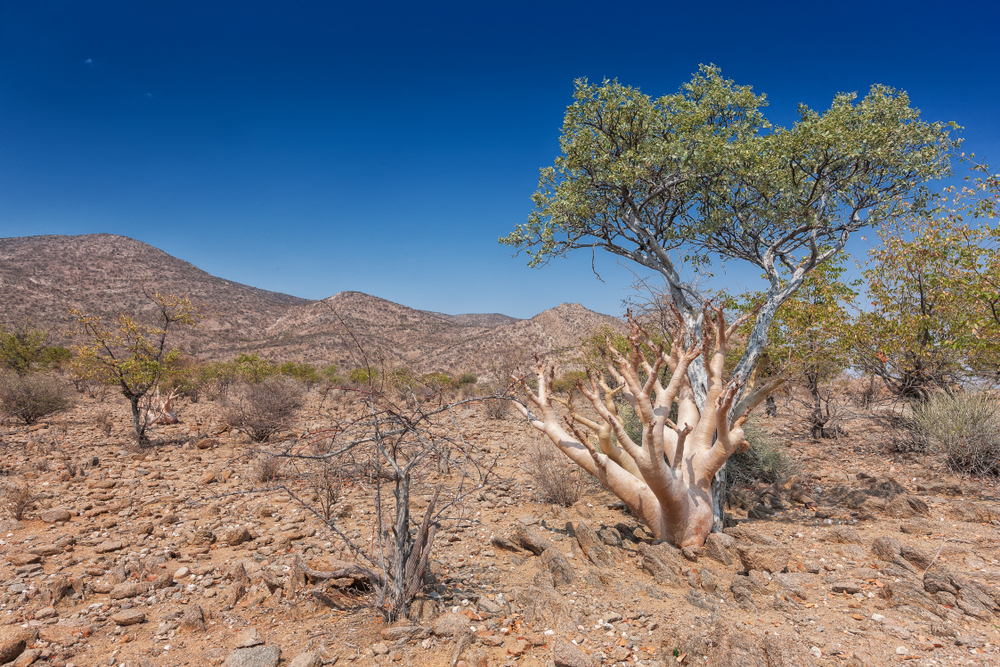Iona Overview
Iona National Park, known locally as “Parque Nacional do Iona,” is Angola’s largest and oldest national park, established in 1964. Situated in the southwestern corner of the country within Namibe Province, the park encompasses approximately 15,150 square kilometers (5,850 square miles). It is bordered by the Atlantic Ocean to the west, the Curoca River to the north, the Cunene River to the south, and an eastern escarpment marking the interior plateau.
The park’s diverse landscape includes shifting sand dunes, vast plains, and rugged mountains, notably the Tchamaline and Cafema ranges, which rise over 2,000 meters (6,562 feet) above sea level. These geological features offer breathtaking vistas and opportunities for hiking and exploration. While Iona does not feature large waterfalls, the Cunene River forms marshy areas at its mouth, creating picturesque wetland scenes.
Iona National Park is renowned for its rich biodiversity, hosting a variety of flora and fauna adapted to its arid environment. The park is home to unique plant species such as the Welwitschia mirabilis, a prehistoric plant endemic to the Namib Desert, and various succulents and acacias. The fauna includes mammals like the mountain zebra, oryx, springbok, and the recently reintroduced Angolan giraffe. Predators such as cheetahs and leopards are also present, alongside a diverse array of bird species, making it a haven for birdwatchers.
Conservation efforts have been pivotal in preserving Iona’s natural heritage, especially following the Angolan Civil War, which led to significant ecological disruptions. In 2019, African Parks, a conservation NGO, assumed management of Iona in partnership with the Angolan government. This collaboration focuses on biodiversity restoration, infrastructure development, and community engagement to promote sustainable livelihoods and environmental stewardship. Notably, in July 2021, 14 Angolan giraffes were translocated from Namibia to Iona, marking a significant milestone in the park’s restoration efforts.
Visitors to Iona National Park can engage in various activities, including guided wildlife safaris, bird watching, and cultural tours to interact with local communities such as the Mucubal people, who have preserved their traditional way of life. The park’s proximity to the Atlantic coastline allows for exploration of unique coastal ecosystems and scenic landscapes. Accommodations range from basic campsites to more comfortable lodges, catering to diverse preferences. The optimal time to visit is during the cooler months from May to September, when temperatures are more moderate, and wildlife is more active.
In summary, Iona National Park stands as a testament to Angola’s commitment to conserving its natural and cultural heritage. Its diverse landscapes, unique wildlife, and ongoing conservation initiatives make it a vital sanctuary for biodiversity and a compelling destination for nature enthusiasts seeking to experience the unspoiled beauty of southwestern Africa.











































































